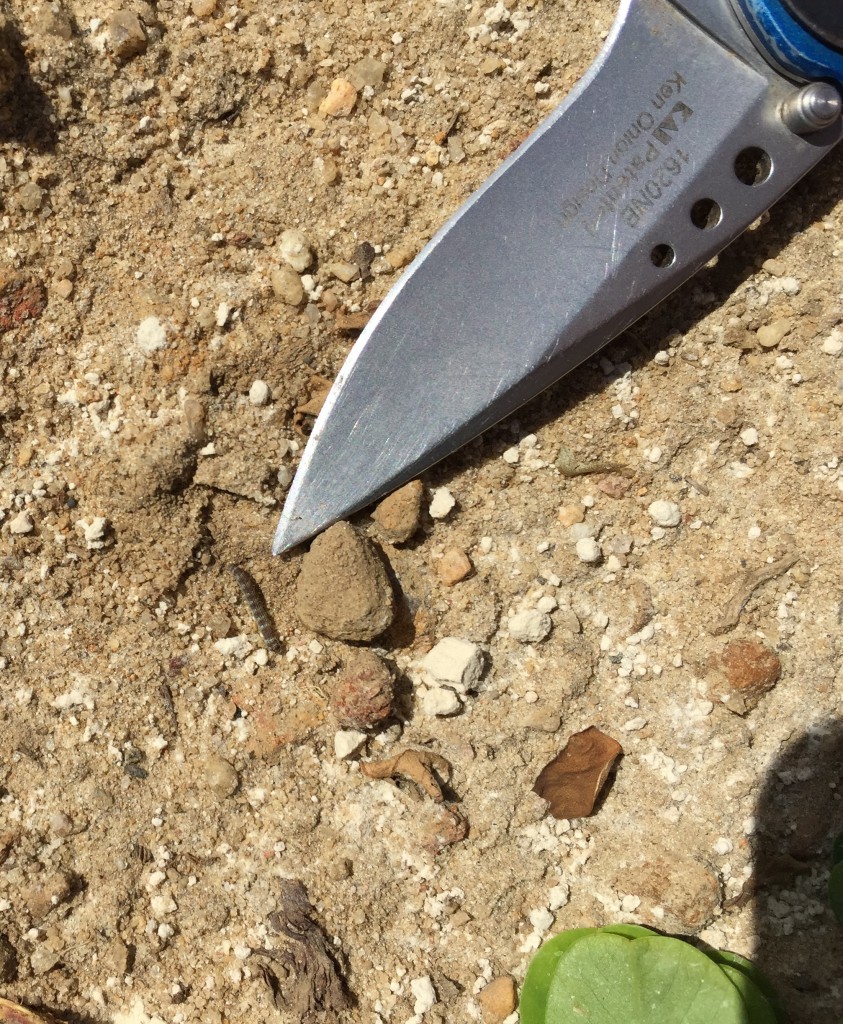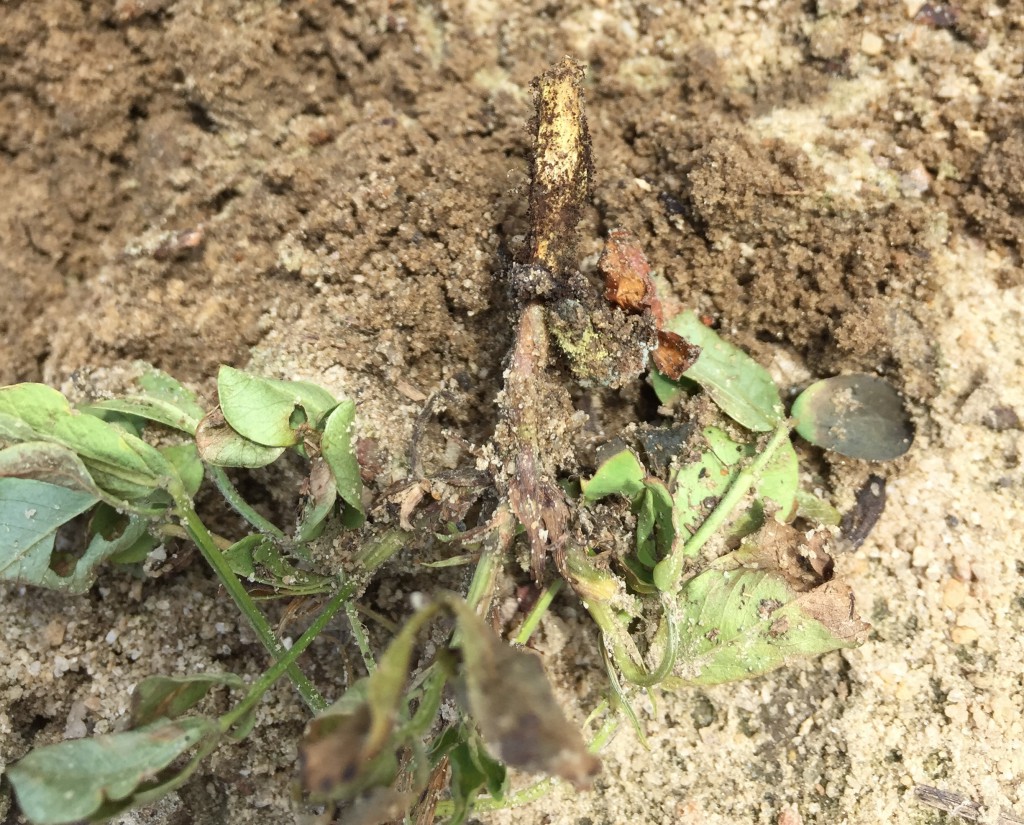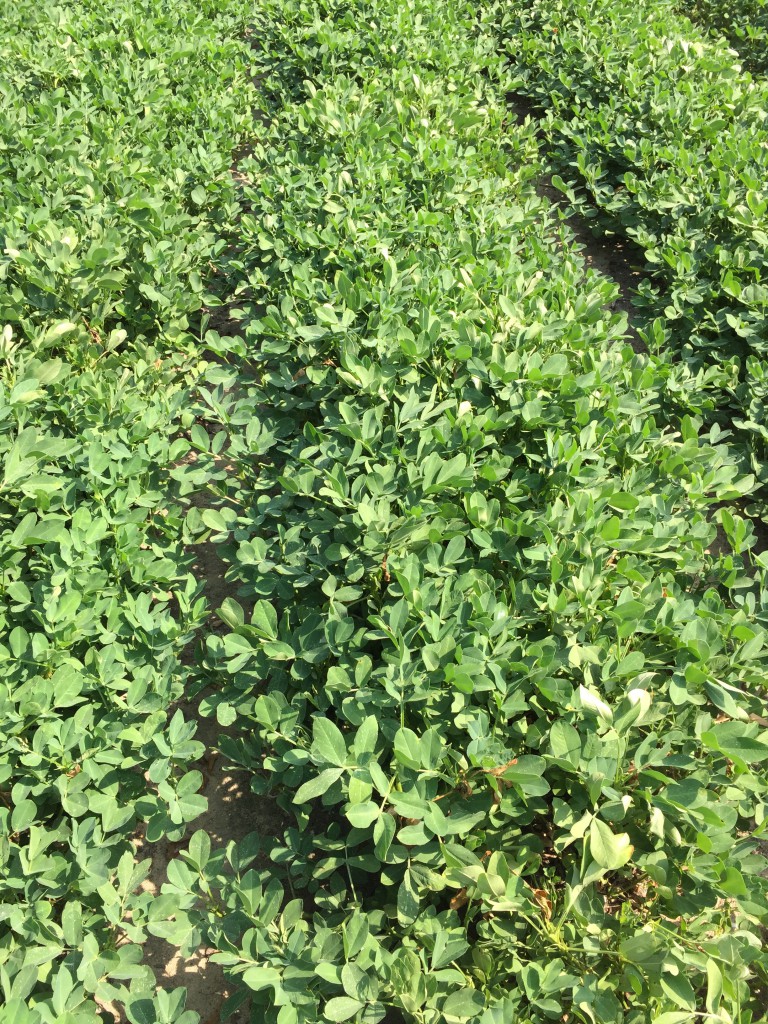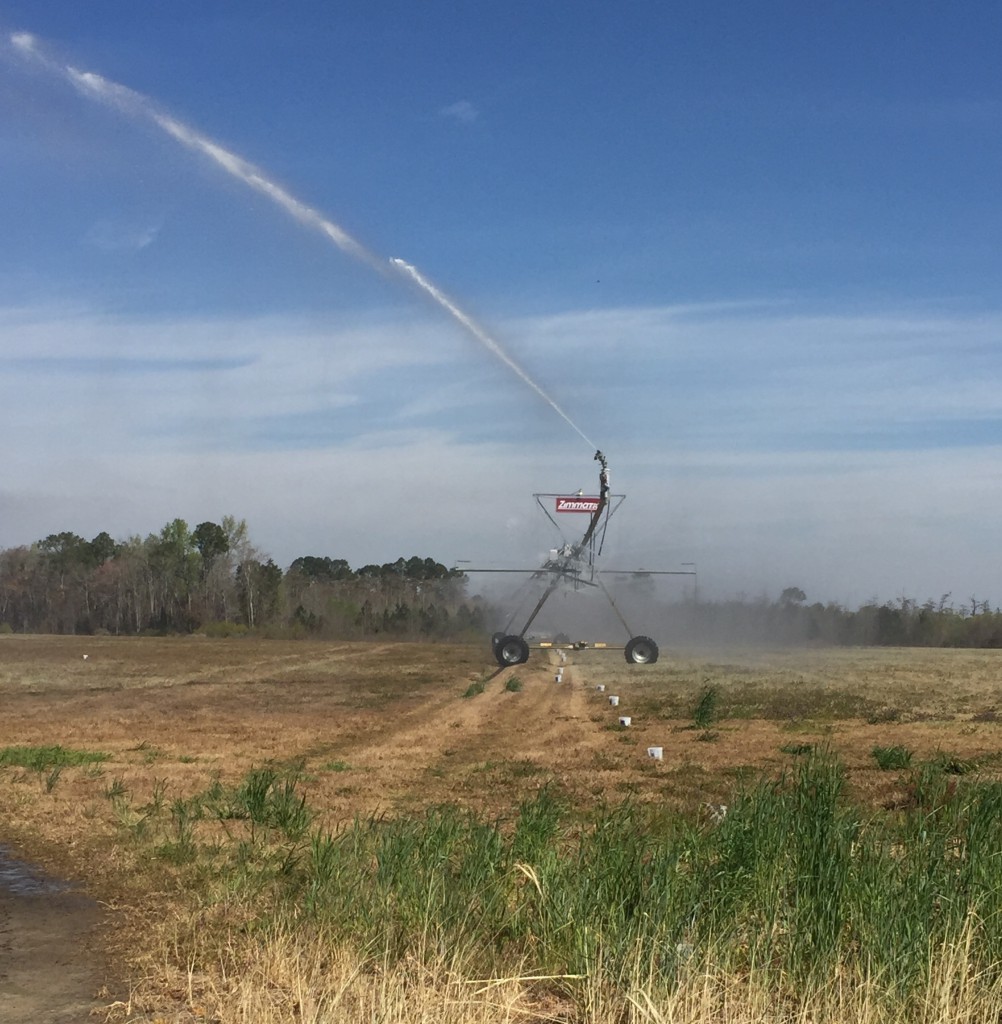Peanut
-
This information was revised from July of 2013 (Whitaker, Collins, Harris & Culpepper) – since our cotton crop was planted over a very long window we have many different cotton ages across the county. Excessive amounts of rainfall have occurred in several areas of the cotton growing region in Georgia during the last month. Cotton…
-
Each year our specialist put together a weed control sheet for row crops. I will post them as a picture below. If you need a better quality image for printing click download beside the sheet.
-
You can find Peanut Rx 2021 at https://peanutrx.org, and on our UGA Peanut website peanuts.caes.uga.edu. Some notes from Bob Kemerait for ease of use: When you first open the page (First picture attached), you will be directed immediately to the “Quick Risk Tool” where you enter your selection for each of the Peanut Rx factors…
Posted in: Peanut -

Registration is now open for the 2021 Virtual Peanut Production Meetings. You must register to view and participate. To register click on the link or picture below. You choose the meeting date that fits your schedule and enter your information. A confirmation email will be delivered to you after registration. Then, on the day of…
-

Annual Midville Row Crop Field Day—Set for August 12th —Virtually Join from your computer.
-

Hot and dry weather can bring on a myriad of issues for peanut farmers. Right now we are seeing lesser cornstalk borer infestations and they are on the rise. Growers should be scouting for moths, silk tubes at the soil line and caterpillars in their peanut fields.
-

Peanut seed saved from last year went through a lot of hot and dry weather. This can lead to a build up of pathogens in and on the seed. Good seed treatment and in-furrow fungicide applications can and do help, but sometimes that is not enough.
-

Every peanut farmer in Georgia will benefit from some disease management program and, for most growers, fungicides are at the heart of such a program. Growers are aware that a fungicide program generally begins approximately 30 days after planting, but the exact starting date is effected by several factors, to include the history of the…
-

Once the peanut crop is in the ground it’s time to start considering how to manage it, and specifically how to manage irrigation. The simplest method is the UGA Checkbook in Figure 1 below.
